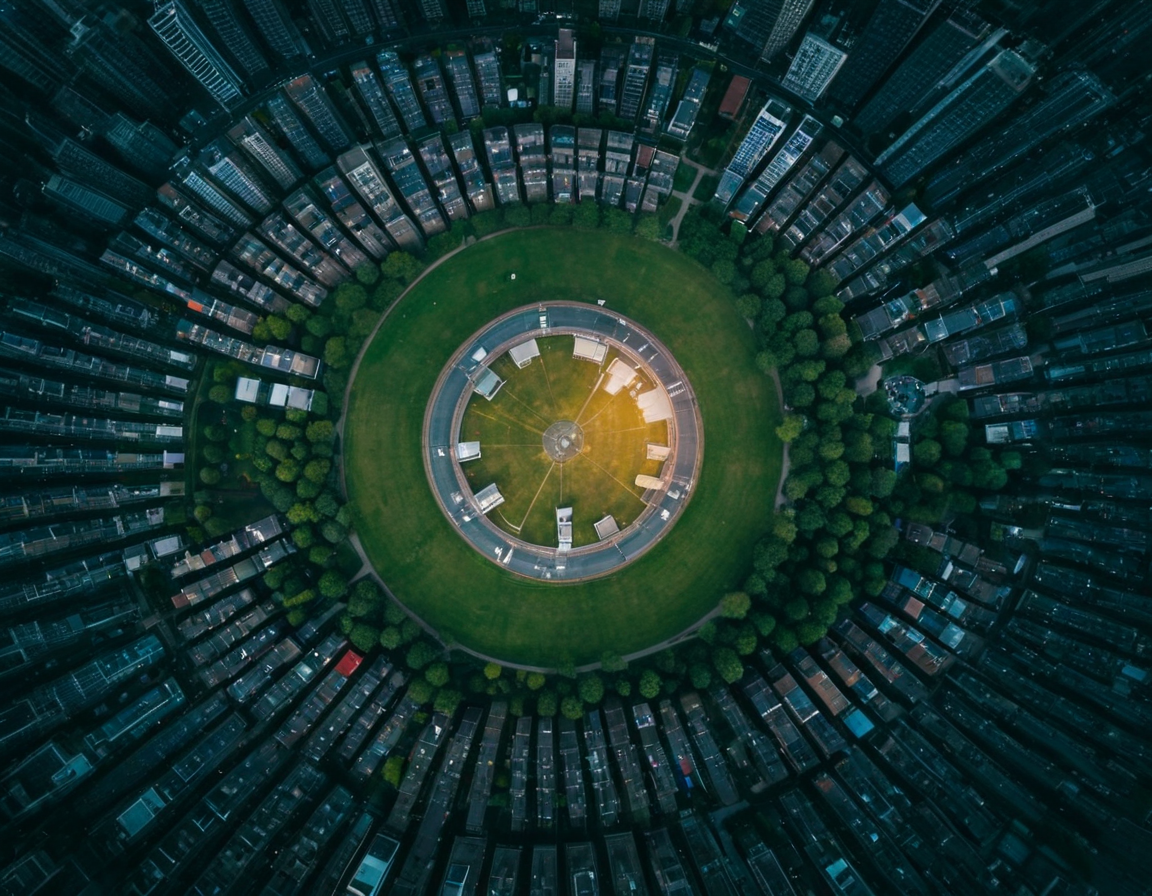DJI Mini Pro Limits Exposed - Photographer Insight

Understanding the Limitations of DJI Mini 3 Pro: A Critical Review for Photographers
The world of drone photography has seen a significant surge in recent years, with advancements in technology leading to more accessible and user-friendly devices. One such device is the DJI Mini 3 Pro, a compact and feature-rich camera system that has caught the attention of photographers worldwide. However, like any tool, it comes with its limitations, and this review aims to delve into those aspects, providing an in-depth analysis for those considering adding it to their arsenal.
Introduction
The DJI Mini 3 Pro is designed to cater to a wide range of users, from casual enthusiasts to professionals seeking high-quality aerial footage. Its compact size, paired with its impressive feature set, makes it an attractive option for many. Nevertheless, understanding the limitations of this device is crucial before investing in it. In this review, we will explore those aspects, examining both its technical and practical implications.
Technical Limitations
Sensor Size and Resolution
One of the most glaring limitations of the DJI Mini 3 Pro is its sensor size. The device’s 1/2-inch CMOS sensor, while sufficient for casual use, falls short of what professional photographers might expect from a high-end camera system. This results in reduced dynamic range and lower image quality compared to more advanced models.
Flight Dynamics
Another significant limitation lies in the drone’s flight dynamics. The DJI Mini 3 Pro, like its predecessors, relies heavily on DJI’s proprietary stabilization systems. While these have improved significantly, they still lack the level of control and precision that professionals accustomed to larger, more advanced drones might desire.
Practical Limitations
Battery Life and Charging Time
In practical terms, the battery life of the DJI Mini 3 Pro is a significant concern. With a flight time of approximately 31 minutes, this leaves little room for error or spontaneity. Furthermore, recharging the device takes a substantial amount of time, which can be an inconvenience in high-pressure situations.
Weather Conditions
The drone’s performance in adverse weather conditions is also worth mentioning. While the DJI Mini 3 Pro has made strides in this area, it still struggles with wind gusts above 25 mph and temperatures below 13°F (-10°C).
Conclusion and Call to Action
In conclusion, while the DJI Mini 3 Pro offers a compelling package for many users, its limitations cannot be ignored. For photographers seeking high-quality aerial footage or those requiring more control over their drone’s performance, this device may fall short.
Before making an informed decision, consider whether your needs align with the device’s capabilities. If not, it might be worth exploring other options that better cater to your requirements.
What are your thoughts on the limitations of DJI Mini 3 Pro? Would you recommend it for professional use? Share your experiences and insights in the comments below.
Tags
dji-mini-pro-limitations drone-photography-constraints compact-camera-reviews aerial-footage-quality underwater-equipment-comparison
About Luis Torres
Hi, I'm Luis Torres, a photographer and blogger passionate about helping creatives grow. With a background in photography and a knack for teaching, I share actionable tips & techniques on lentecreativa.com to inspire and educate photographers of all levels.
